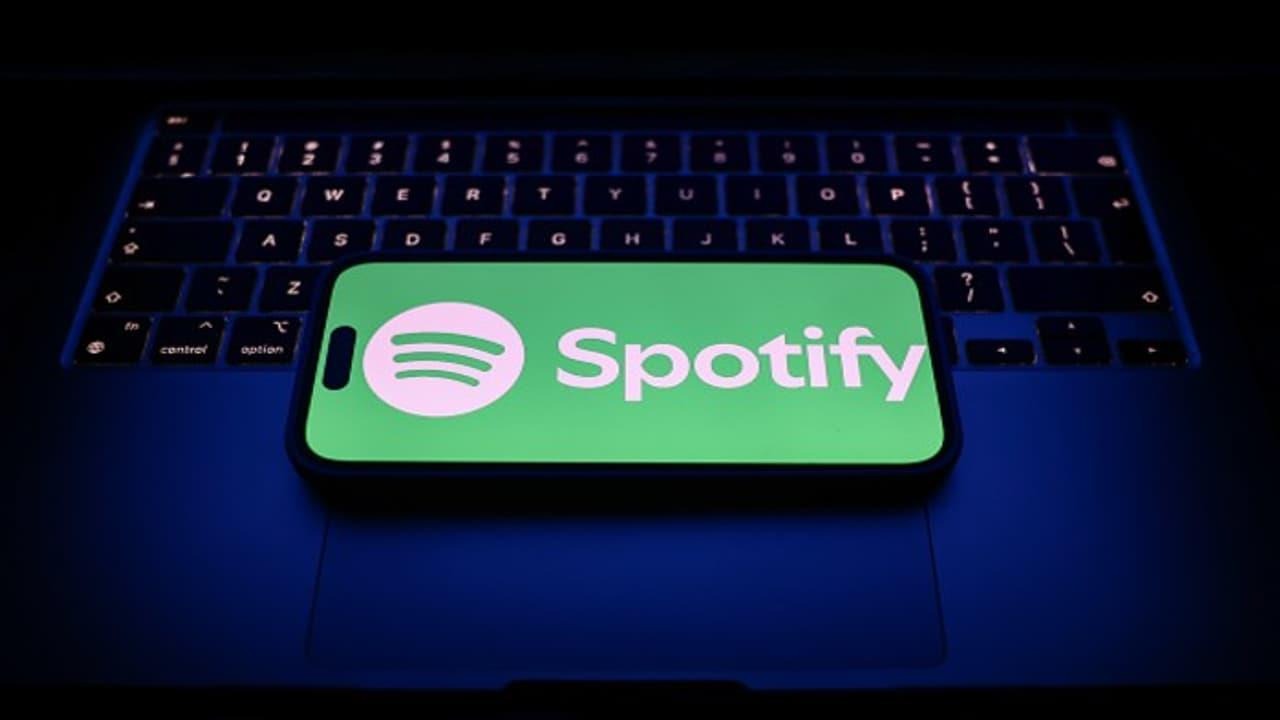Spotify’s long-awaited Lossless feature has finally landed, but audiophiles might want to hold their applause. A deep-dive test by The Headphone Show reveals that, at least on Windows, Spotify’s so-called “lossless” audio isn’t quite living up to the name.
Spotify Lossless falls short in DAC-level testing

The investigation compared Spotify Lossless against high-fidelity rivals like Tidal and Qobuz. Using a verified FLAC track, audio was analyzed via a high-end APx555B Series Audio Analyzer and a Holo Audio Red DAC, with results measured through DeltaWave.
Tidal and Qobuz passed with bit-perfect playback, no compression, no fidelity loss. Spotify Lossless, on the other hand, couldn’t replicate the same clean signal. Something was getting in the way.
Windows is partially to blame for the problem
The issue, it turns out, doesn’t rest solely on Spotify’s shoulders. On Windows, Spotify can’t send audio directly to a DAC. Instead, it routes through the Windows audio stack, which often alters or resamples the original signal, unlike Tidal or Qobuz, which offer direct DAC access.
In short, it’s Windows doing the meddling, not Spotify deliberately compressing the audio again.
A Spotify fix may arrive eventually
There is some good news on the horizon. During a Reddit AMA, a Spotify rep confirmed that WASAPI Exclusive Mode support is in development. This would give Spotify the ability to bypass the Windows audio stack, delivering bit-perfect output directly to your DAC.
Until that feature rolls out, Windows users still have a few workarounds:
- FlexASIO: A flexible audio driver for pro-level routing
- VB-CABLE Virtual Audio Device: Useful for rerouting sound with greater control
- ASIO4ALL: Often used with audio interfaces to bypass standard Windows output
Spotify Lossless on Windows is more promise than performance
For now, Spotify Lossless on Windows feels more like a technical teaser than a finished product. The sound might be close, but for those chasing precision, “close” isn’t enough. Until true DAC-level support arrives, users will have to wait or tinker. And let’s hope the fix doesn’t take as long as the feature did to show up.














